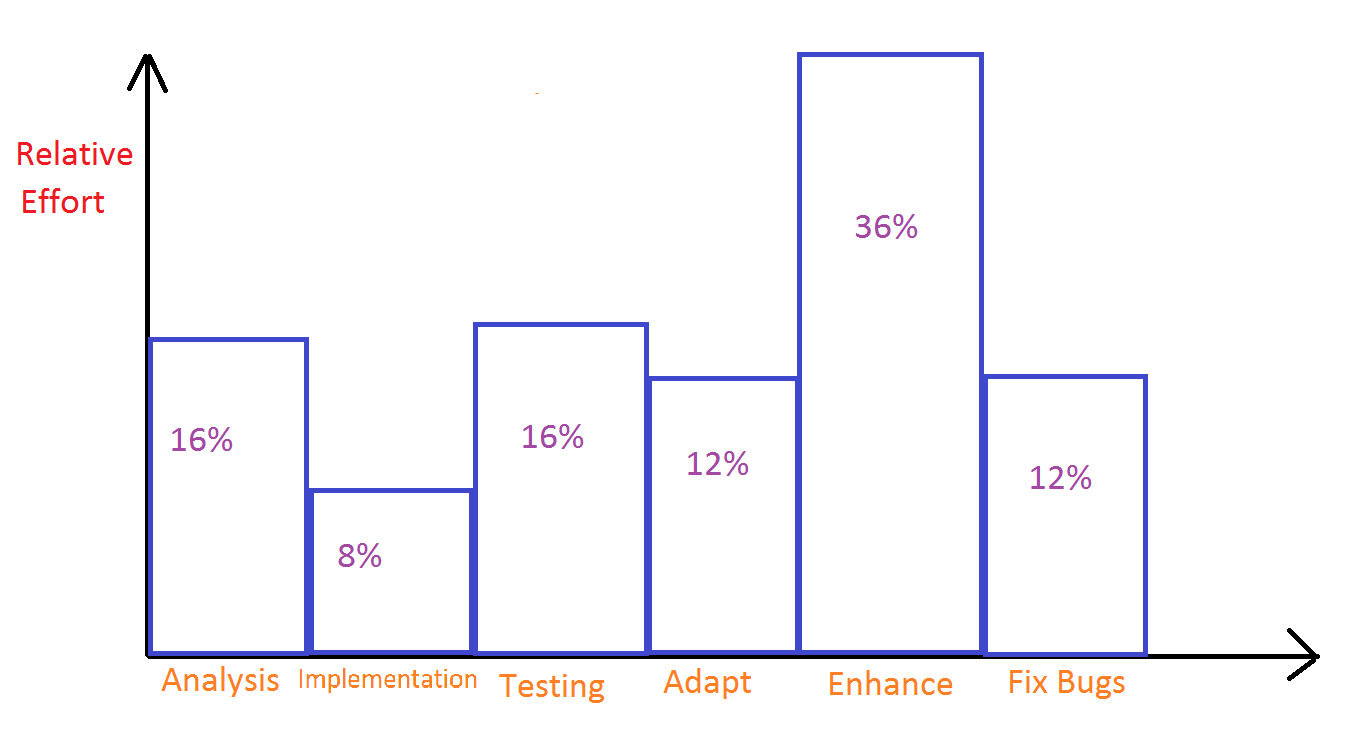Effect of State of Technology Available on Open Government Authors
This reading materials as listed in the Bibliography, sets the stage for deeply analyzing the origins of the most long lasting government setup of the world and how does one appreciate Lincoln’s far reaching vision of – ‘a government of the people, by the people, for the people’ – as related to various points of time when a literature is written. Both Rohr and others (as in Open Government) are addressing the same theme – How to bring about effective public administration through a governing body that cares about citizen involvement in its decision making and effective government-information assimilation.
However, if we closely examine the stage setting, analysis and conclusion of each chapter in Rohr and Open Government, it is clear that, apart from the sharing the above common theme, they clearly are affected by the technology settings that was available to them which apparently molded their thinking process and analysis.
Lets take the case of Rohr’s ‘To Run a constitution’. This was written during mid of eighties when Internet was just about to take its birth and government information systems (as mainframe systems and other tightly coupled client server systems written in C, C++ etc) were reaching their mid ages with the focus of improving the administrative process. There was no scope large scale collaboration and citizen involvement at that time. This fact underlies the reason why Rohr took the most academic approach to define what a perfect administration is and linking it to the Constitutional setup that its framers dreamed of and how it was shaped into a form that existed during mid eighties. The era from 1930 to 1985, marked the gradual establishment of the ‘modern administrative state of the New Deal’ without much focus on free, collaborative citizen involvement as it might have possible through Internet and the like. Hence, Rohr’s point of view of citizen involvement is centered around the administrative employees themselves and how they ‘fulfill aspirations of citizenship i.e –to be ruled and be ruled’.
In contrast, when we look at the diverse chapters written by Malamud, Noveck, Dierking and Robinson et. Al, there is clear diversion to a totally new dimension of energetic involvement of citizens – not necessarily the administrative employees – but the common layman citizens themselves. Malamud stresses on the importance of how government documents, meetings etc need to be made so transparent and accessible to the general public so that they can have active participation in government-information assimilation and thus truly reflect the theme of ‘for the people’. Noveck on the other hand highlights the very important aspect of open and collaborative democracy where all citizens take active role in various administrative initiatives – all made possible through collaborative websites in the Gov 2.0 and Web 2.0 era. She drives the point clear that closed decision making grounds as which existed during the mid eighties is a failure that results from poor information distribution and management.
Dierking’s chapter was very interesting as it draws the distinction between best government software pattern and its anti-pattern and also distinction between an ideal object oriented government class model and a destructive blob (stove types that existed during late eighties and early nineties) model. He makes the point clear that the current trend towards open government and effective citizen to government collaboration could be made possible only through an efficient software design model that is highly cohesive and less tightly coupled. Chapter by Robinson et. al concludes the state of the art e-Government that is going on currently which has a great impact from the collaborative technologies such as advanced data mining, Web 2.0, Mashups, APIs etc that offers wide opportunities for the common citizen to connect and collaborate with government systems.
As seen above analysis, we can conclude that Rohr’s line of thought was greatly affected by the closed decision making models of the late eighties (whose drawbacks as linked to by Noveck in her chapter) that focused on actual administration and its efficacy, but less focus on common citizen collaboration which might have been otherwise possible through more advanced technology. Whereas all ‘Open Government’ authors were greatly influenced by advanced technology and systems that has already paved the way to open and collaborative government which is in its mid ages, slowly stepping toward more robust and open collaborative architecture bringing citizens more closer to the government.
Bibliography:
1. Rohr J. A. (1986). To Run a Constitution – The Legitimacy of the Administrative State. Chapters 1-4, 9-11. University Press of Kansas
2. Ed. By Lathrop D., Ruma L. (2010). Open Government – Collaboration, Transparency and Participation in Practice. Chapters 3-6. O’Reilly Media Inc.
